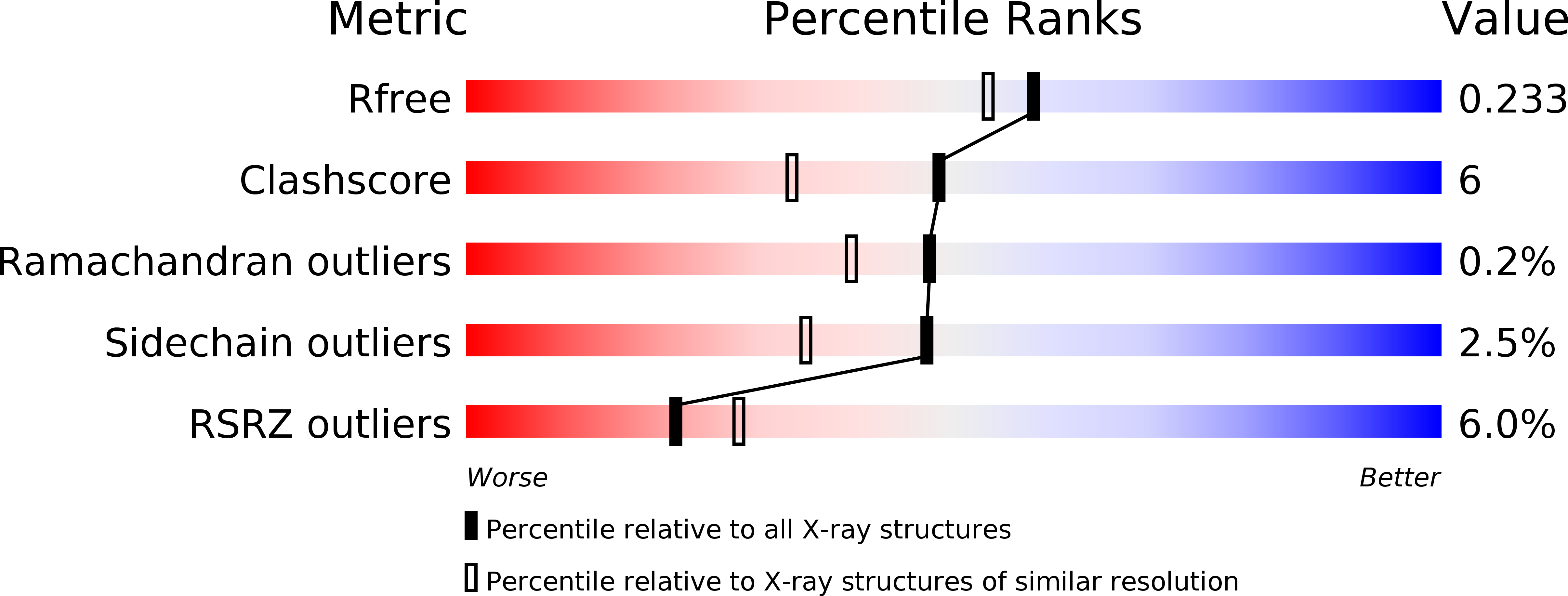
Deposition Date
2014-11-06
Release Date
2015-07-15
Last Version Date
2024-02-28
Entry Detail
PDB ID:
4RRG
Keywords:
Title:
Editing domain of threonyl-tRNA synthetase from Methanococcus jannaschii with L-Thr3AA
Biological Source:
Source Organism:
Methanocaldococcus jannaschii (Taxon ID: 243232)
Host Organism:
Method Details:
Experimental Method:
Resolution:
1.93 Å
R-Value Free:
0.23
R-Value Work:
0.19
R-Value Observed:
0.19
Space Group:
P 1 21 1


